Commodity vs Brand: Learn How Commodity Affects Your Ecommerce Sales in 2022
The Ecommerce market has been narrowing down their sales figures to competitive numbers and so is the market tension amidst the customers. According to 2021 stats,the average conversion rate for an Ecommerce site stands at just under 1%.
This comes after all the months of hard work of designing your site from launching your dream products. This is really important as the global commerce sales has hit $3.46 trillion dollars worldwide.
If you’re facing lackluster numbers, it’s high time you know what is commodity vs brand and how it has been affecting your business without giving you a hint.
What's Inside
What is commodity
Gone are the days when marketers had to club commodities and brand into one strategic piece to drive sales. Off late, they have been drawing a solid line between the boundaries of commodity and brand.
So what exactly are these and why do we need to understand the difference between them?
To put in simpler terms, Commodity is a product in the market which can be easily replaced by its competitors.
The product does not have any special value to the customers and hence it sits in a same pool of similar product ranges thus increasing the chances of being unsold.
What is Brand
Brand on the other hand is creating a niche for yourself and the product in a cutthroat marketing environment.
Surviving here is quite easy even with your tried and tested products. This is more about customer loyalty and their emotional connection with your brand.
Considering the emotional factor, according to the Renderforest, close to a staggering 65% of people form an unbreakable emotional bond with a brand.
Some of the popular brands to have mastered the arts of branding are Nike, Apple where they have moulded their years of experience, customer relation and woven them into an emotional rapport with their extended customer family globally
Not so surprisingly Nike makes around 44k USD Millions every year, thanks to their exceptionally well crafted products that brings out the state of the art design features and well obviously their brand tactics.
Now considering the commodity bracket, there are over thousands of ecommerce businesses roughly making the same products as that of Nike (Minus the flawless design and superior premium quality) and yet find themselves with poor sales.
And why is that?
Their failure at drafting a perfect branding strategy and their brand as a whole which failed to ignite a healthier relationship with the customers.
Metrics That Proves How Commodity Affects Your Business
Now you know what branding is and how it helps build a business empire but got clues on when you start to focus on drifting from commodity to a brand?
Take a look at these stats and if any of these numbers ring a bell to you, then you are at the perfect phase to start initiating the big move.


Bounce rate more than 70%
No/Very Less Engagement on Ads
Conversation rate is less than 1%
Less Dwell Time
Difference between Brand & Commodity
As said earlier, a commodity is a mere product in the market with no specific connection with any customers. While a brand is built upon the loyalty, trust and emotional support of the loyal customer base.
It all boils down to how one perceives the product. For example take a look at the simple black t-shirt, this is a commodity now.

30 Dollars
10 Dollars
30 Dollars 10 Dollars
This will continue to be a commodity until you slap an Adidas logo on it and now that’s part of the brand loved by millions.
Now did you actually feel what the logo does to your thought process as a customer? Now it doesn’t just take any logo to create that kind of virtual impact.
In fact it took Adidas decades of running stories driven campaigns, stirring the emotional quotient in customers and finally carrying on the built legacy through all these years.
You need to jot down the points of differentiation from your competitors if you want to move towards making your commodity a part of your brand.
Start by creating a brand identity first before you start advertising a conversion oriented approach for your products.

This will further enhance the customer experience with your product and will most likely create an ally with your brand in the longer run.
1. Focus on Emotion rather than pricing
This is plain simple, all top brands focus on the connection rather than the pricing.
You can get any other smartphone (spectacular one) for half of what you actually pay for an Apple product but yet you get to see thousands of customers flocking the doors of an Apple store during the launch of their products around the month of september.
So why would customers be willing to pay a hefty sum of money for just a smartphone? Because Apple has symbolised their phones as a non- replaceable commodity in the tech market.
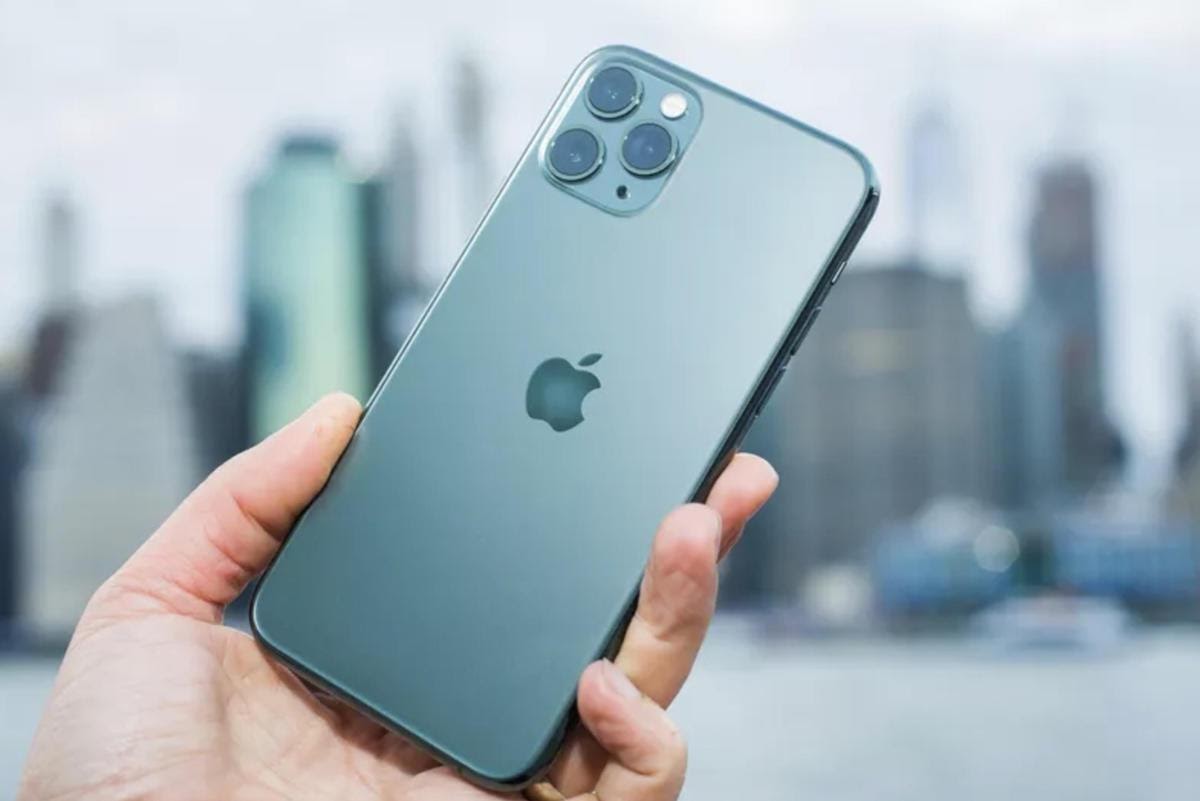
It’s the unrivalled connection you experience from the moment you see the apple logo. The way they have advertised privacy over anything and bringing a luxury quotient into their phones have all contributed to their epitome of customer loyalty.
But their competitors are so focussed on the competitive pricing that they fall miles behind running pointlessly towards building a smartphone that’s going to be easily replaced by a better one in near future.
So how exactly can you master this art just like these brands?
Focus on how you want the customers to feel
Instead of outright pushing the products to your customers, try to understand the customer’s pain points and then center your product around the customer needs and thus enrich their experience with your product.
Personalize your business
It’s about time you stop running towards achieving your month target with a sales oriented approach.
Personalize your business outlook, ad copies to create a sense of connection, a personalized one with your customer base.
Focus on the differentiations
Give them a solid reason to choose your products over to others in the market. All the time customers are left to choose based on the pricing even which at certain points feels the same.
Instead of pricing, sell on what your product offers, what it promises to deliver. Now you are giving a solid reason to choose your products in the ecommerce market.
2. Visible and Invisible factors
To set matters straight, brands are visible and commodities are invisible. In order to create a connection, brands need to focus on visibility, size and equity.
The ultimate goal is to shift your focus to the long term goal rather than the short term outcome. With the size comes visibility and you can sustain this for a longer run too.
Brand equity is as important as visibility and size. This can help you license your brand name and their products.

Almost all top brands have built their equity by allowing others to use their product name on something that does not even resemble the parent company in any ways.
So here are some quick tips for making your brand more visible.
· Focus on creating a referral system.
· Build your network on social media channels
· Create a visual identity for your brand from the logo to the site
3. Focus on building value for what you offer
Stand out from the crowd, from your niche market and definitely miles away from your competitors.
Make your customer value what you have to offer more than a similar product they can get from a competitor.
This is how successful brands hold their market. Focus on what you promise to deliver on a long term rather than investing your time on a short term goal.
But building a brand identity takes much more than an overnight drawing broad strategy.
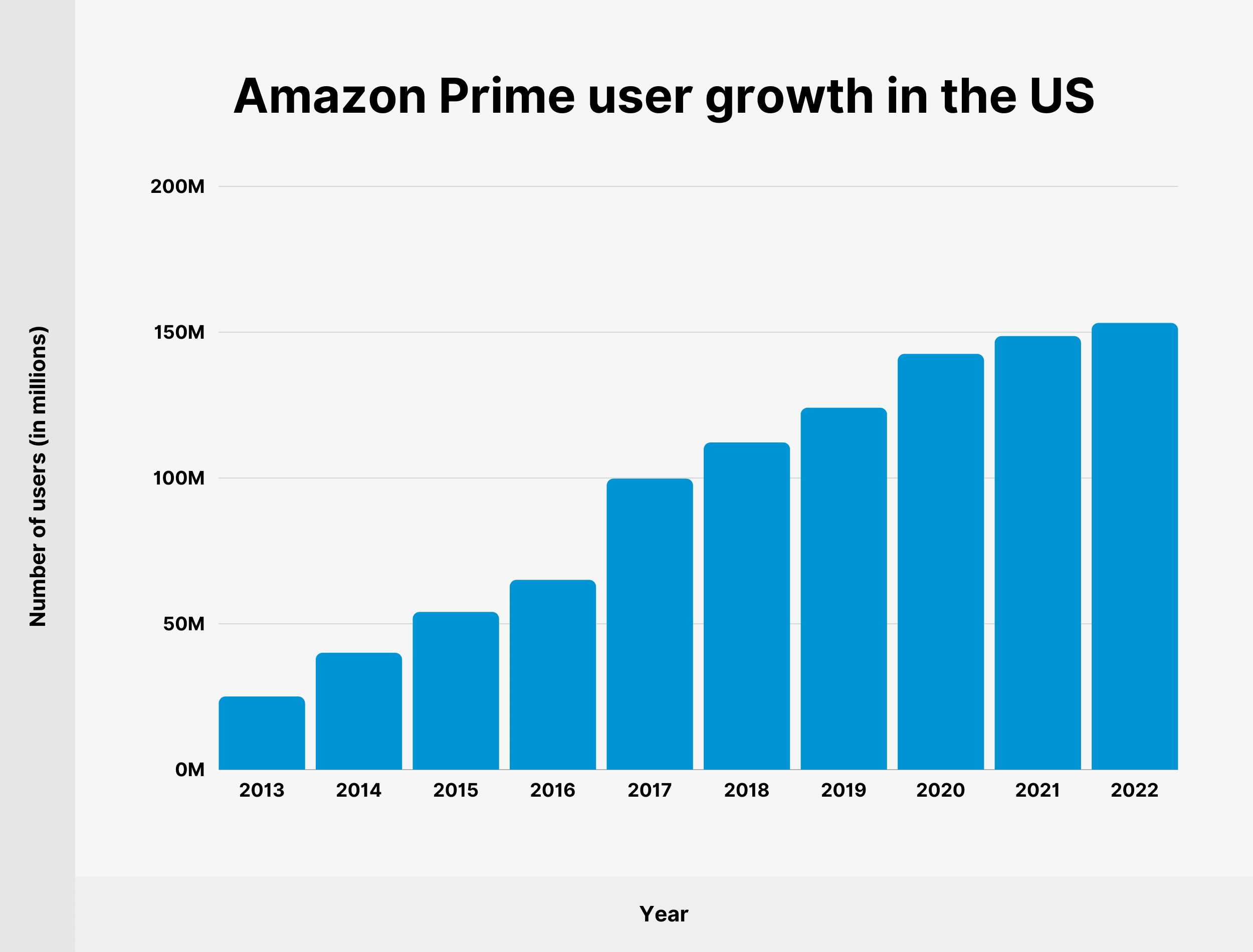
Amazon has been a successful giant not just because it was just a book selling store, instead it focused on other goods and services. As a matter of what Amazon is looking to enter into more ventures as you read this.
Listed below are a few ways you can start building your brand promise.
· Understand your target audience and their pain points
· Start positioning your product as a solution to your customer’s problem
· Be consistent in delivering your promises to the audience
Key Ingredients To Create Valuable Brand
The difference between a normal brand and commodity driven one is enormous. Commodity products are there in the market with very little differentiation.
In other words they can be replaced by another product in a snap. This often leads to customers choosing the products based on the lowest pricing.
So there are 3 key ingredients to start building your brand.
· Different- what’s the point of difference between your brand and your competition
· Salient- How well do you know and trust the brand
· Meaningful- How meaningful is your brand to our lives?
Being Different
Ask yourself, how different is your brand and how it is perceived by your customer? The point of difference between your brand and your competition is what sets you out from the rest. Close to 90% of the purchases are made subconsciously.
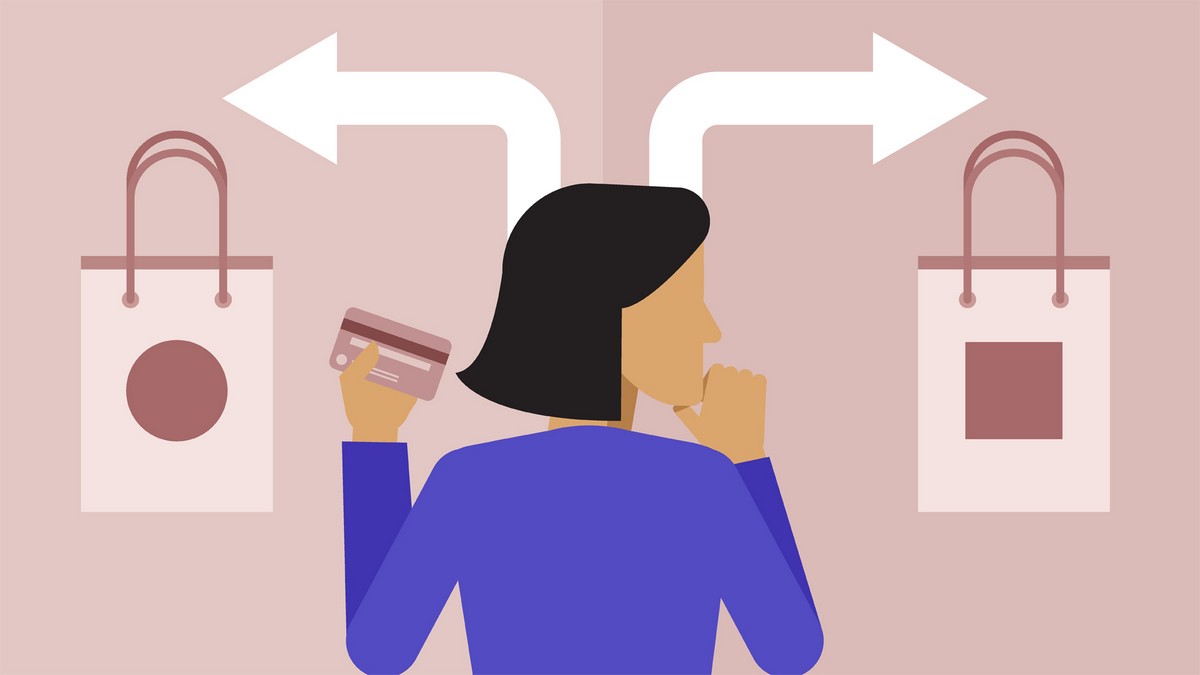
So why exactly are we talking about the subconscious factor here? Because the point of difference will affect the behaviour pattern of a customer.
For being different in your product positioning, start with focussing on delivering what you promise to offer in the first place.
Center it around your consumer from product pricing to the brand value positioning.
Being Salient
How well a customer knows your brand inside out and trusts it wholeheartedly is much more important than the point of difference. Apple charges a whopping amount for a new phone that’s yet to be reviewed by many.
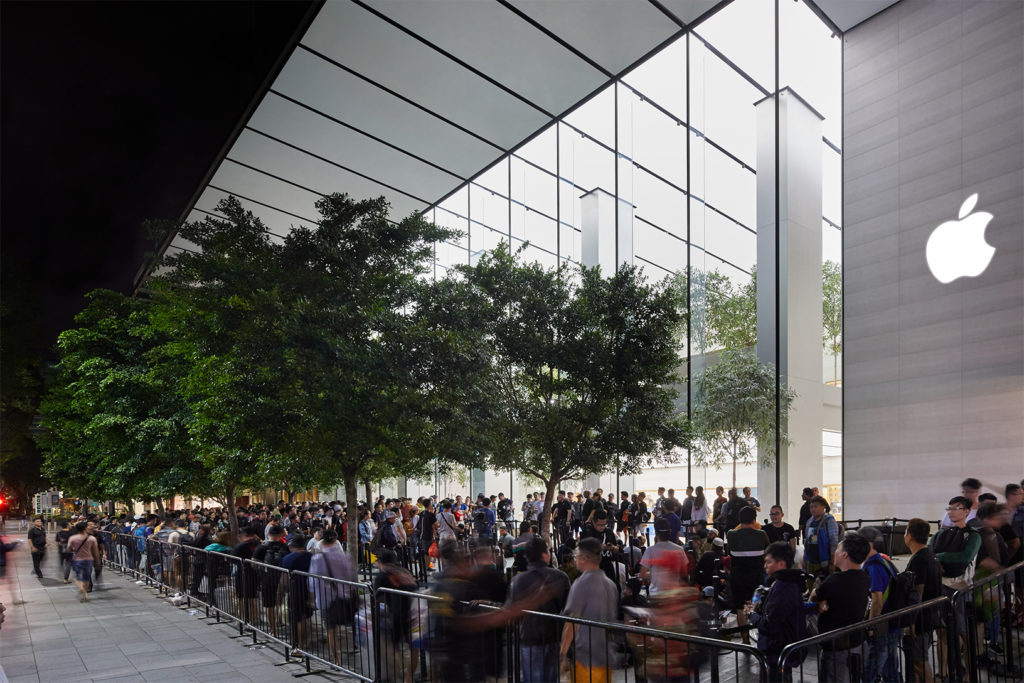
What Apple does here is the idea of making customer trust in your brand, products and services. Apple products are known for their exceptional features, unparalleled quality and for sure the unmatchable design language.
Being Meaningful
One of the prominent handles of the 3 key ingredients is how meaningful is your brand to the customers.
How well does your product stand for a purpose? How does it enrich the consumers’ lives? These are the questions you need to answer yourself before you start jotting down the meaning.

Starbucks has 32,660 stores worldwide in 2020
Starbucks has been revolutionizing the caffeine fix since decades. Perhaps you must have figured out one can’t obviously sell expensive coffees just with a logo.
What Starbucks did here is to give a meaning to the consumers that made their product the go-to coffee in their city.
Not so surprisingly Starbucks is one of the longest and fastest growing caffeine networks in the US and around the world.
Starbucks has 32,660 stores worldwide in 2020
Starbucks has been revolutionizing the caffeine fix since decades. Perhaps you must have figured out one can’t obviously sell expensive coffees just with a logo.
What Starbucks did here is to give a meaning to the consumers that made their product the go-to coffee in their city.
Not so surprisingly Starbucks is one of the longest and fastest growing caffeine networks in the US and around the world.
Quick Ways to Turn Commodity into Brand
You know when to start turning your commodity into a brand, but do you know how to start initiating the process?
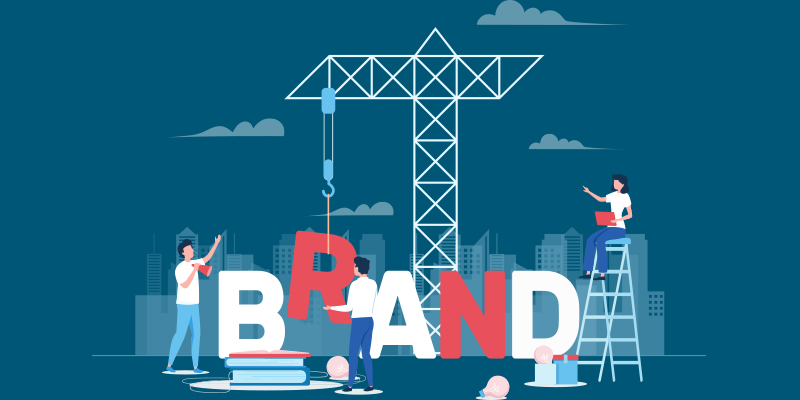
Here’s a list of quick ways you can turn your business into a premium brand.
1.Brand communication: Radiate your brand communication throughout the site. Be it the color, main communication or what you promise to deliver, paint your site with all these essentials to make it look as aesthetically pleasing as possible.
2.Unequalled service: Provide the best superior services to your customers. This is the first step in differentiating yourself from the pool of possible competitors.
3.Brand Keyword: Identify a specific word for your brand that defines your business goal, personality, traits and way of working. Keep that word as a primary communication in all mediums.
4.Master one category: Instead of going all guns blazing, choose one specific category and specialize in growing your brand in that particular category initially.
5.Blue Ocean Strategy: You can create your brand awareness by using the popular blue ocean strategy where you can create a new market segment and demand after which you grow your business by selling specific products to the segment audience.
You can also have a quick look at the add-ons you need to consider.
1.Focus on product packaging. Your product packaging defines the outlook of your brand, it reflects how the customers perceive your brand. So make it premium with proper brand logos and theme colors.
2.Quick services are what customers look for now. No one likes to wait, be it a customer waiting for a query response from your end or waiting for a product to be delivered, make sure the customer gets it with a whisk.
3.Provide warranty or guarantee. One aspect that many brands overlook is backing the products with warranty claims. This does not only boost your sales but also increases the product’s liability and customer’s loyalty.
4.Using customer testimonials can help define a brand in the niche market. A good word of mouth can result in enormous business growth as a business and more as a brand too. This will further fortify the trust factor for your brand.
What Apple does here is the idea of making customer trust in your brand, products and services. Apple products are known for their exceptional features, unparalleled quality and for sure the unmatchable design language.
Being Meaningful
One of the prominent handles of the 3 key ingredients is how meaningful is your brand to the customers.
How well does your product stand for a purpose? How does it enrich the consumers’ lives? These are the questions you need to answer yourself before you start jotting down the meaning.
Conclusion
I’m as excited as you are for the commodity vs brand series where we explore the best of two worlds and possibly side towards the brand for better business growth.
Many of the above observations are backed with solid data and experiences of helping many businesses build their own brand.
Stay tuned for more amazing contents on this commodity vs brand series as I will be rolling out new interesting follow up contents every Friday. Watch this space for more
